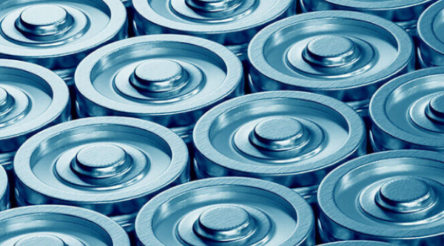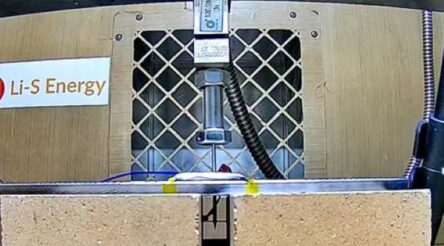RMIT researchers look to scale up zinc oxide inks for electronics

An international team, led by RMIT University researchers, has reviewed the production methods and current applications of zinc oxide nanocrystals in the journal Chemical Reviews, publishing findings that suggest potential uses for the material in electronic products.
Zinc oxide is a semiconductor with “interesting properties have found use in optics, electronics, catalysis, sensing, as well as biomedicine and microbiology” according to the team, which was led by Associate Professor Enrico Della Gaspera and Dr Joel van Embden from RMIT.
“Progress in nanotechnology has enabled us to greatly improve and adapt the properties and performances of zinc oxide by making it super small, and with well-defined features,” said Della Gaspera in a statement on Wednesday.
“Tiny and versatile particles of zinc oxide can now be prepared with exceptional control of their size, shape and chemical composition at the nanoscale,” added van Embden.
Zinc oxide nanocrystals can be formulated into inks and – like ink-jet printing – deposited as a coating. The coating can be thousands of times shallower than a paint layer.
Such coatings can be made highly transparent to visible light, but highly electrically conductive at the same time. These were properties essential for touchscreens, said Della Gaspera. He added that zinc oxide had “rapidly risen” through nanotechnology to be “one of the most important materials of this century” after early excitement in the 1970s and 1980s in the semiconductor industry.
The release highlights the many potential uses of zinc oxide nanocrystals, particularly in bendable electronics. Challenges in scalability remained an issue, with the university currently seeking industrial partners for this purpose, as was “the shortfall in electrical conductivity that nanocrystal coatings” versus industry benchmarks.
“We and other scientists around the world are working towards addressing these challenges and good progress is being made,” Della Gaspera said.
“I am confident that, with the right partnership, these challenges can be solved.”
The team’s “Colloidal Approaches to Zinc Oxide Nanocrystals” paper, published in December, can be accessed here.
Picture: Della Gaspera and van Embden (supplied)
Topics Technology
@aumanufacturing Sections
Analysis and Commentary Awards Defence Manufacturing News Podcast Technology Videos










